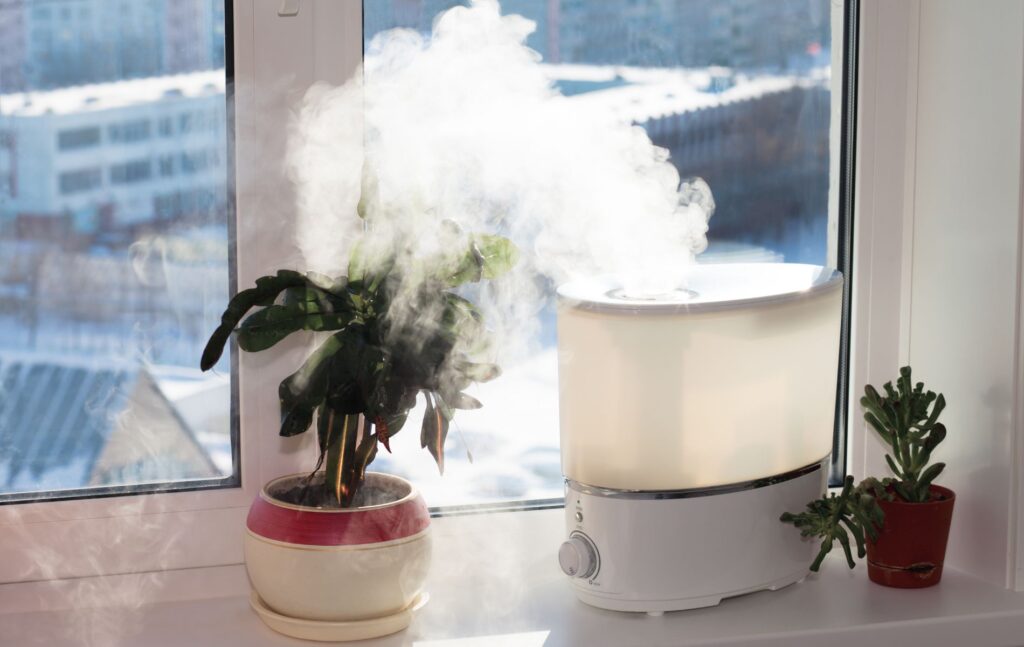Nasal Dilators are a popular option for preventing snoring. In this article, I am going to explain do nasal dilators really work or not! So, let’s get started!
One of the most common reasons for snoring is blocked nose. There are many methods for clearing up the nasal airways. One of the common methods is using a nasal dilator. So, nasal dilators definitely work against snoring!
Nasal dilators work in a mechanical way to open your nasal airways. As a result, the airflow faces less restriction and snoring reduces considerably. There are mainly two categories of nasal dilators:
- External nasal dilator
- Internal nasal dilator
How Nasal Dilators Reduces Snoring?
As I have said earlier, blocked nose is a common cause for snoring. Noses can get blocked due to many reasons, mostly from cold and allergies. Also, some other responsible factors for the blocked nose are medication, pollution, problem in the nose structure or even hormones.
When our nose gets blocked, we are forced to breathe through our nose. As a result, the chances of snoring increase many times because the tongue and jaw obstruct the airways. Even in the case of a partially blocked nose snoring can occur. This is all because the airflow gets restricted.
So, we need to find something that will open our nasal airways which will, in turn, stop the snoring. That’s where nasal dilators come in.
Nasal dilators mechanically open up the nasal airways which reduce the restriction of the airflow. There are other devices like nasal sprays that do the same thing. However, nasal dilators are much preferred over those because:
- This is a non-medicated method for preventing snoring. So, it is much preferable and offers fewer risks to health
- Suitable for a vast range of people
- Nasal dilators are non-invasive
- You’ll get relief instantly
- The effectivity doesn’t downfall after using for a certain period of time
- There has been no record of any side-effects because of using nasal dilators.
Let’s learn a bit more about external nasal dilators and internal nasal dilators.
External Nasal Dilators
External nasal dilators, aka nasal strips, are also commonly used by athletes to improve their breathing. Though there is no scientific evidence that these improve breathing efficiency of the athletes, there are scientific studies that proved that external nasal dilators indeed prevent snoring that is caused by a nasal blockage.
Working Principle
As the name suggests, external nasal dilators stick to the external side of our noses. They open up the nasal airways by sticking externally.
External nasal dilators are very much similar looking to a plaster. They have a slight adhesive that helps to stick to the nose. You’ll have to place the nasal strips just above your nostrils.
The dilators come with a parallel band of strong plastic surface. These surfaces use springboard mechanism which allows the nasal airways to open.
The strips need to be placed precisely below the bone of the nose. That’s where the nasal valve is. By placing just below the nose bone, the strips work on the narrowest portion of our nose which is the nasal valve.
By placing the nasal strips just below the nose bone, they are just about 1 cm above the bottleneck, which has the highest risk of blockage inside our nose.
Evidence
As I have mentioned before, there are scientific studies that back up the fact that external nasal dilators do really work against snoring.
There have been many studies on this topic and most of them found positive results. Most of the subjects in these studies have shown a considerable amount of reduction in snoring after using external nasal dilators.
As nasal dilators are a non-medicated device for preventing snoring, they are suitable for the majority of the people. These anti-snoring devices even work against acute or chronic nasal blockage. Even people with deviated septum as well as pregnant women can use them without any worry.
Pros
- Easy to use
- Cheap
- Non-medicated
- No side effects
- Non-invasive
Cons
- External nasal dilators are not reusable
- Can loosen up after some time
- Some people faced minor skin blemishes due to these
Internal Nasal Dilators
As the name suggests, internal nasal dilators work inside the nose. Some of the common internal nasal dilators are clips, nose cones, stents, and prongs. Internal nasal dilators are found in a large range of shapes, sizes as well as materials. They can stop snoring (due to nose blockage) miraculously.
Working Principle
Internal nasal dilators work inside the nose. By propping open the nostrils, they reduce the airflow friction and prevent snoring. External nasal dilators have a spring-like body.
When the dilator is forced to fit inside the nose, this springy material provides an outward push. This results in the expansion of the alar cartilage of the nose. The alar cartilage is very likely to collapse.
How to choose one?
As internal nasal dilators go inside our nose, we need to be much more careful while choosing them than choosing external dilators. If not chosen carefully, internal nasal dilators can cause discomfort or even reactions inside the nose.
You must choose an internal nasal dilator that is made of medical-grade silicone. This is because these types of internal nasal dilators are anti-bacterial as well as much easier for cleaning.
You should choose a dilator based on comfort, effectivity, and cost. Here are some factors to consider while getting an internal nasal dilator:
- The dilator needs to be available in different sizes so that you can get the best fit.
- A good internal dilator will come with a case to store it when not in use. A store also helps to keep the dilator clean and germ-free
- As internal nasal dilators come in various shapes, you need to find the one that provides you the most comfort. Some of the common types are ribbed, smooth, vented, and winged. Comfortability is subjected to individual preference. You should try each of them out and choose the one that suits you the most.
- When looking for the material, make sure it is medical-grade silicone.
- Unlike external nasal dilators, the internal ones are reusable. This is a great advantage of internal nasal dilators over the external ones. Make sure the dilator you are getting is from a reputed brand that offers at least 3-month benchmark.
Pros
- Reusable
- Available in different sizes to ensure the perfect fit
- Comfortable
- Easy to use
Cons
- Can cause a reaction if not chosen carefully
- Requires through cleaning often
Do I Use Nasal Dilators?
After going through the article, it may seem that I am a great advocate for nasal dilators. Though nasal dilators are effective, I don’t think they are the most effective solution to stop snoring.
Nasal dilators work only in the case of blocked nasal airways. There are many other causes of snoring.
I can promise and tell you something that worked for me and its been 4 months and 8 days now that I haven’t snored! And it costs less than a meal out. VS Device currently offring free shipping worldwide.





